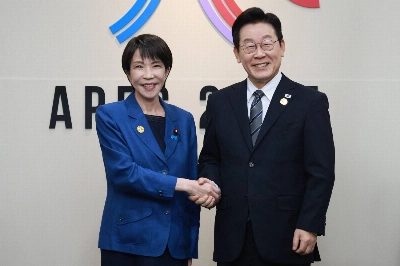Imitation may be a form of flattery, but it is also an important first step for creative genesis. The 1952 premiere of "Yuzuru" by Ikuma Dan — half imitation of Western operatic traditions and half Japanese creative innovation — marked a milestone in the development of opera in Japan.
Since the early part of the 20th century, Japanese opera has quietly emerged to take its place in the country's thriving performing arts world, influenced by (but separate from) its Western origins and local traditions such as kabuki or noh. The opera section of the New National Theatre, Tokyo (NNTT) established in 1997 as Japan's first national opera house, has in the last 10 years, it has garnered a reputation among Japanese opera lovers for accessibility and high-quality performances. The NNTT will reprise "Yuzuru" on Feb. 4-6, and the selection reflects both the past and the future of opera in Japan.
The first aria ever to float across a Japanese stage was performed near the docks of Yokohama by an amateur group of foreign residents soon after the 1868 Meiji Restoration. The show came nearly 270 years after opera's inception in Italy during the latter part of the 16th century. Europe was in the middle of a golden age of opera by the time the art form arrived on these shores. Perhaps it is because of this late entry that some in the West perceive Japanese composers and musicians in the classical-music field as simply imitating their European counterparts.


















With your current subscription plan you can comment on stories. However, before writing your first comment, please create a display name in the Profile section of your subscriber account page.